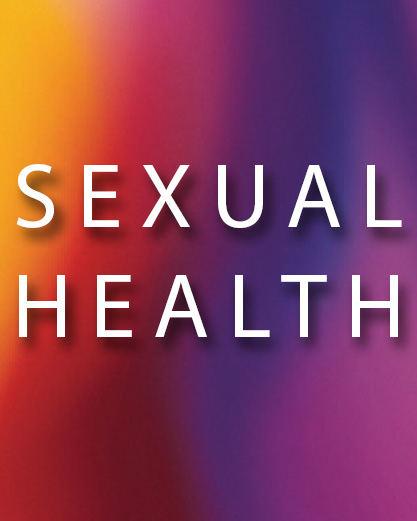The ‘Undetectable = Untransmittable’ (U=U) campaign aims to empower people living with HIV. Key priorities for U=U policy and research were the focus of a half-day global roundtable held alongside the 2023 International AIDS Society conference. There is a need to include all priority populations in U=U policy and promotion. Adopting language of ‘zero risk’, was identified as crucial when describing U=U. Addressing structural barriers to HIV care is vital to ensure the full benefits of U=U are realised.
SH24017 Abstract | SH24017 Full Text | SH24017PDF (215 KB) Open Access Article





